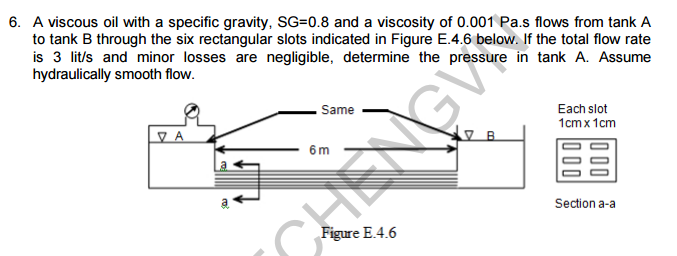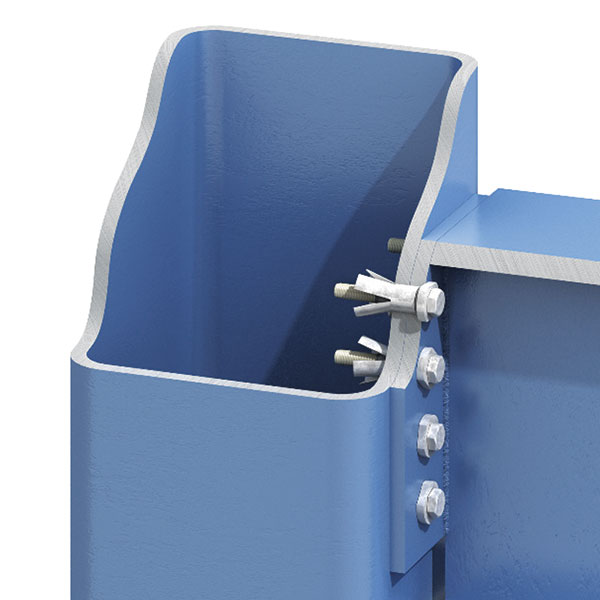Flow Through A Rectangular Slot
This article provides calculation methods for correlating design, flow rate and pressure loss as a fluid passes through a nozzle or orifice. Nozzles and orifices are often used to deliberately reduce pressure, restrict flow or to measure flow rate. The Vucld Flav of Air rn a Narrw Slot - by - G.L. The propartzes sf the viscid flow of ar in a rectangular slot having a rndth large xn comparon lath its depth are mnvestrgated.

Orifice Discharge into Free Air

An orifice is an opening with a closed perimeter through which water flows. Orifices may have any shape, although they are usually round, square, or rectangular.
Discharge through a sharp-edged orifice may be calculated from:
Q = Ca?2gh
where
Q= discharge, ft3/s (m3/s)
C =coefficient of discharge
a =area of orifice, ft2 (m2)
g =acceleration due to gravity, ft/s2 (m/s2)
h =head on horizontal center line of orifice, ft (m)
The coefficient of discharge C is the product of the coef- ficient of velocity Cv and the coefficient of contraction Cc. The coefficient of velocity is the ratio obtained by dividing the actual velocity at the vena contracta (contraction of the jet discharged) by the theoretical velocity. The theoretical velocity may be calculated by writing Bernoulli’s equation for points 1 and 2.Thus
V2= ?2gh
The coefficient of contraction Cc is the ratio of the smallest area of the jet, the vena contracta, to the area of the orifice.
Viscous Flow Through Rectangular Slot
Submerged Orifices
Flow Through A Rectangular Slotted

Flow through a submerged orifice may be computed by applying Bernoulli’s equation to points 1 and 2 in figure below

Values of C for submerged orifices do not differ greatly from those for nonsubmerged orifices.